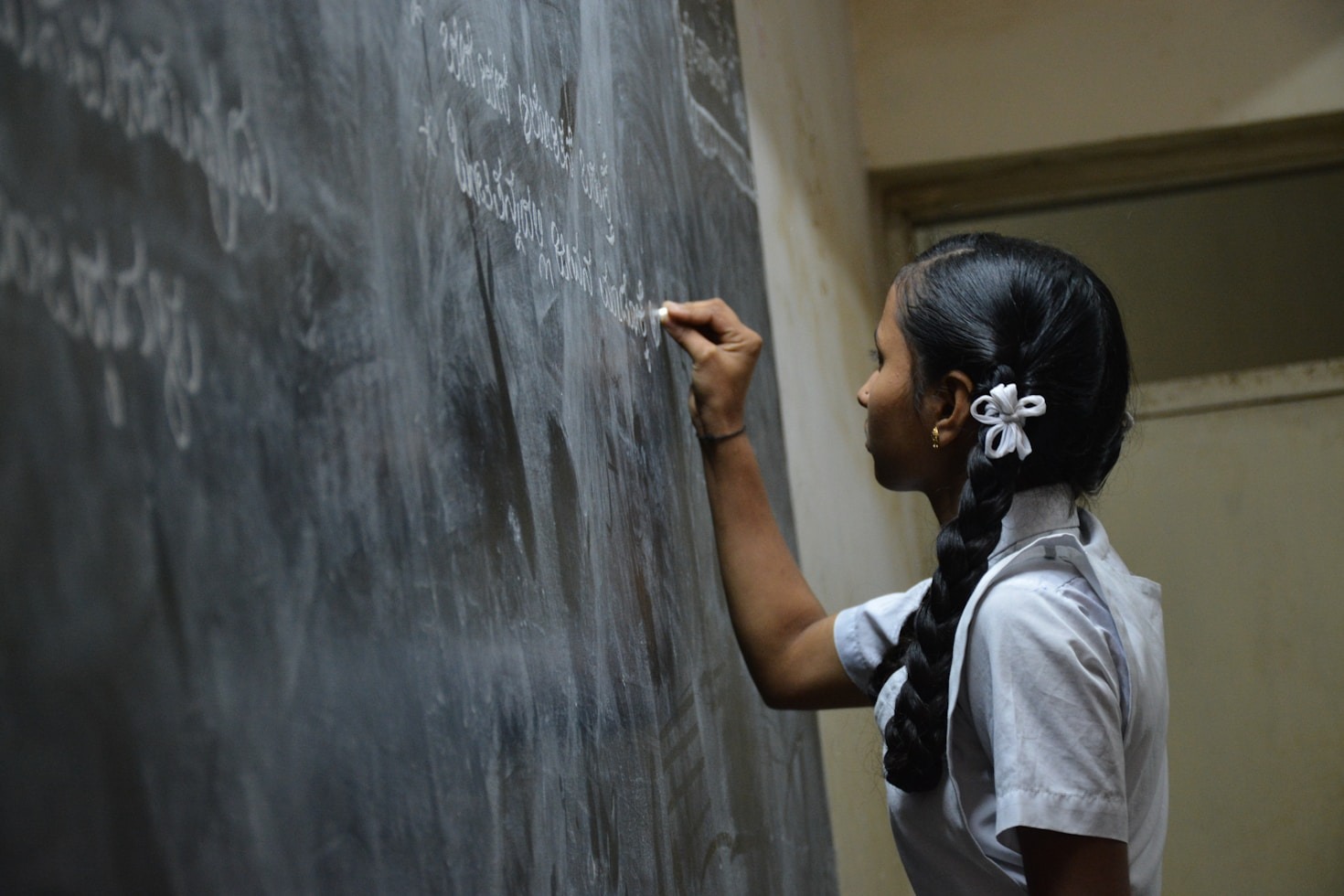Breaking the Cycle: How Education Empowers Underserved Communities
In neighborhoods across America, where systemic barriers can often define the limits of opportunity, education remains the single most powerful catalyst for transformation. It is more than just a pathway to a better job; it is the fundamental tool that dismantles cycles of poverty, fosters resilience, and empowers individuals to rewrite their futures. For those in underserved communities, a quality education is not just a dream—it is a lifeline.
The transformative power of education begins by addressing economic disparity at its root. For generations, families in low-income areas have faced a relentless cycle where limited access to quality schooling leads to fewer job opportunities, which in turn perpetuates poverty. However, innovative educational initiatives are proving to be the circuit breaker. Programs that focus on early childhood education ensure children from all backgrounds start kindergarten ready to learn, closing achievement gaps before they widen. In places like Detroit and the Mississippi Delta, non-profits offering STEM training and coding bootcamps are equipping high school students with high-demand skills, creating direct pipelines to stable, well-paying careers that were previously out of reach.
Beyond the paycheck, education profoundly impacts health and well-being. Studies consistently show a direct correlation between educational attainment and improved health outcomes. Individuals with higher levels of education are more likely to have access to better healthcare, live in safer environments, and make more informed decisions about nutrition and preventative care. Health literacy, taught in schools and community workshops, empowers residents to navigate a complex healthcare system and advocate for their families, leading to lower rates of chronic disease and higher life expectancy.
Furthermore, education is the bedrock of civic engagement and community leadership. When schools provide robust civics education and create opportunities for service-learning, they cultivate a generation of informed and active citizens. In communities from East Los Angeles to Appalachia, students who were once considered at-risk are now leading voter registration drives, organizing neighborhood clean-ups, and speaking at city council meetings. By finding their voice and recognizing their power to effect change, they are not just improving their own lives—they are uplifting their entire community.
One of the most inspiring aspects of this transformation is the ripple effect. When one person breaks through barriers thanks to their education, they often become a beacon of hope for others. A first-generation college graduate returning to their neighborhood as a teacher, a doctor, or an entrepreneur provides a tangible example of what is possible. They become the mentors and role models who inspire the next wave of students, creating a virtuous cycle of achievement and aspiration.
As of 2025, the challenges facing underserved communities remain significant, but the evidence is clearer than ever: investing in education yields the greatest return. It is the most effective strategy for fostering economic mobility, improving public health, and building a more just and equitable society. By ensuring every child, regardless of their zip code, has access to a world-class education, we are not just transforming individual lives; we are unlocking the vast, untapped potential that will shape a brighter future for all.


Leave a Reply